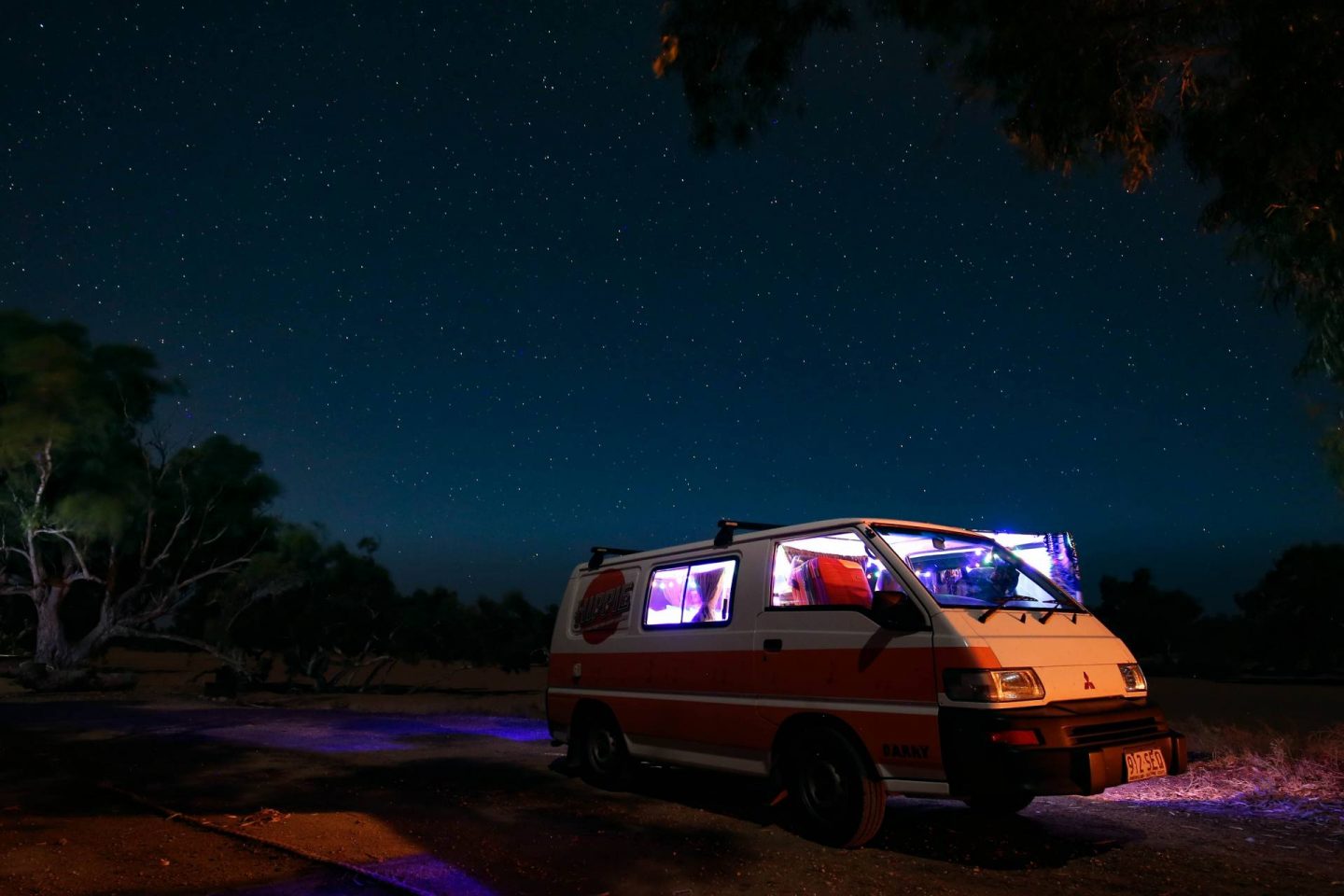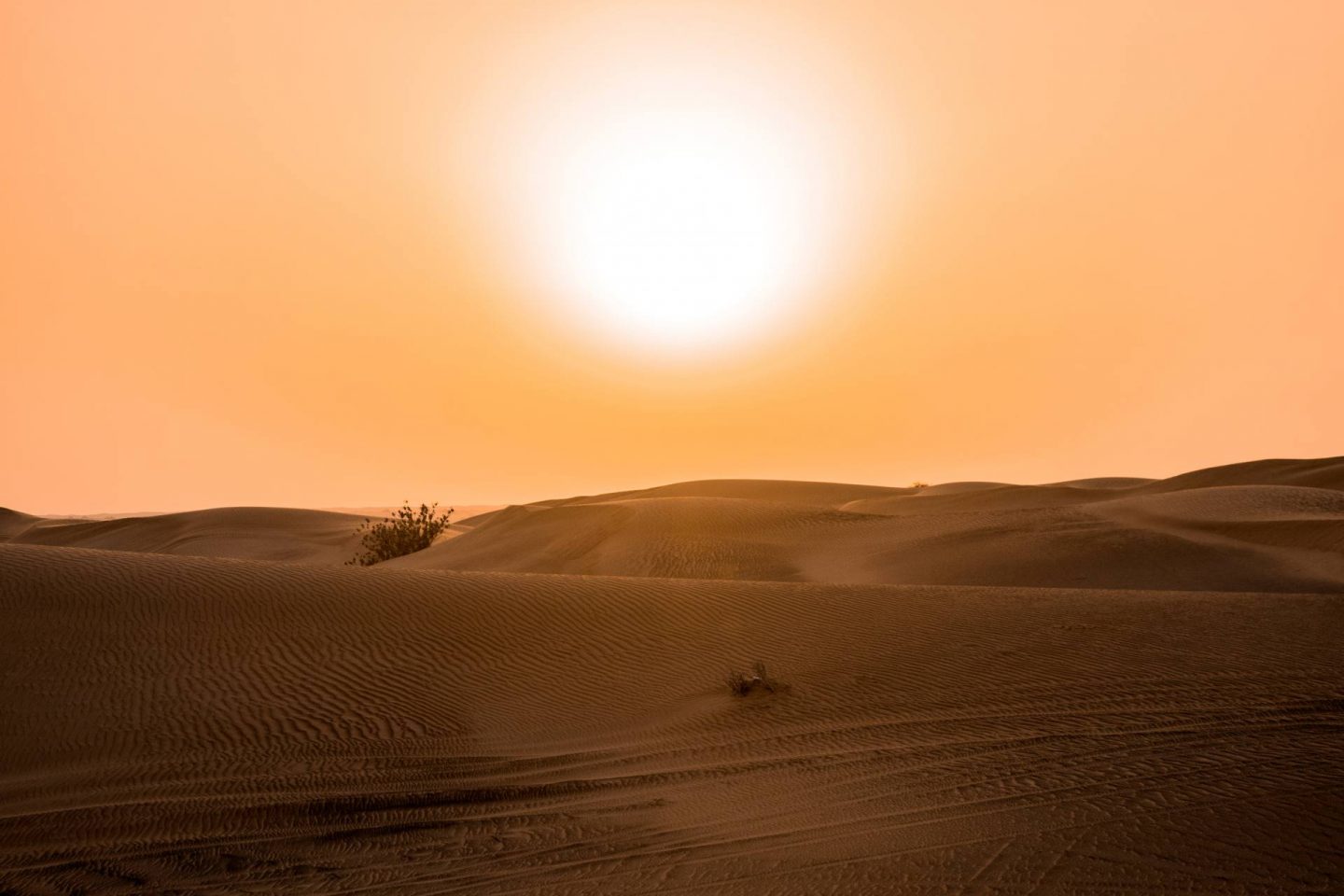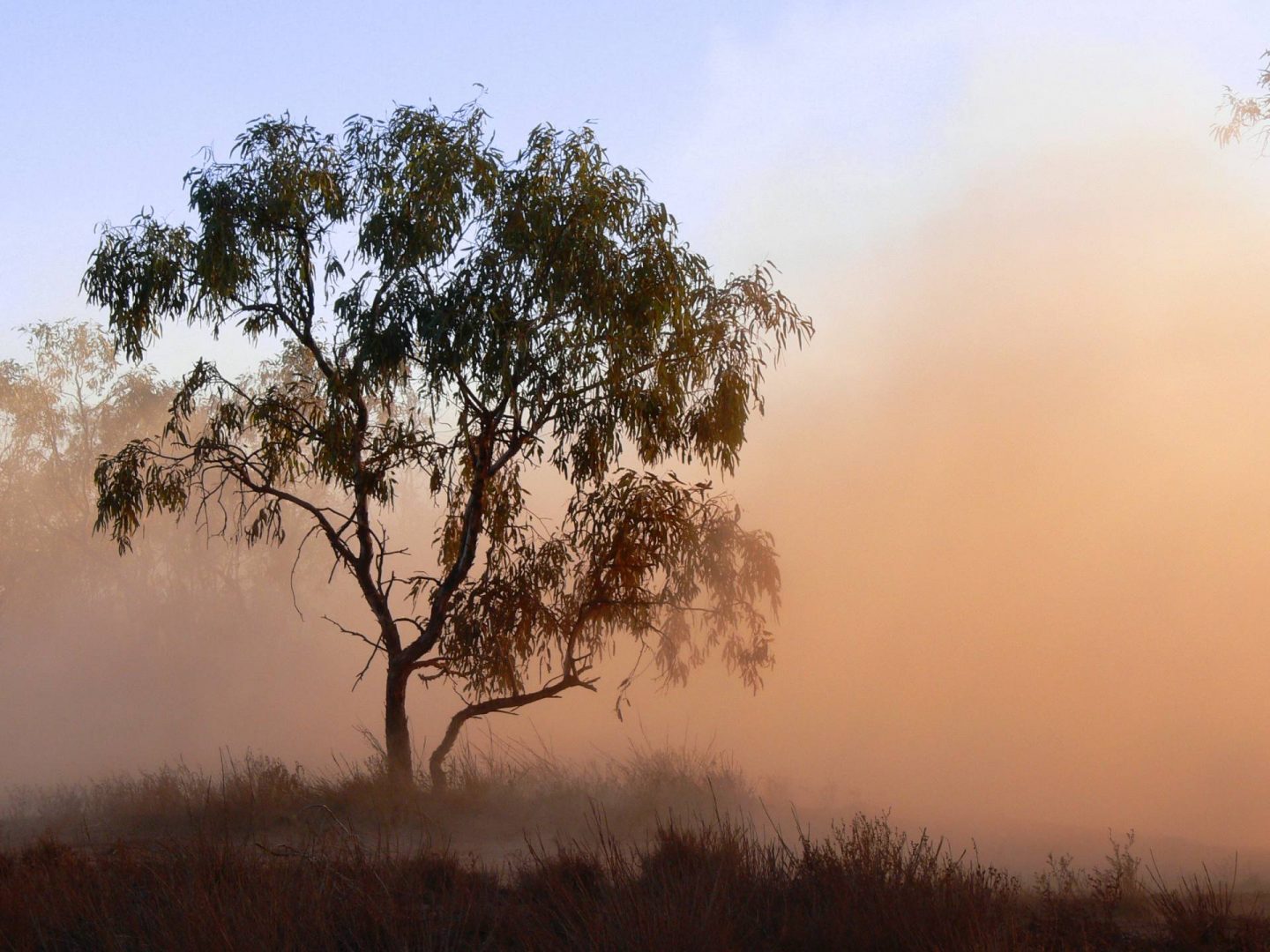*This is a collaborative post.
The Australian outback is one of the most alluring wildernesses anywhere in the world. The interior of the country is practically untouched – just mile after mile of brush and desert, punctuated by sites like Ayers rock, one of the most iconic natural features anywhere in the world.
Going on a touring trip of the outback is not something for the faint of heart. While there are a couple of paved roads that traverse this vast wilderness, most are just dirt tracks that snake their way across rough ground.
Going on an outback adventure is a life-changing experience, but you need to prepare for it correctly. In this post, we’re going to take a look at everything you need for your adventure.
A Campervan
The Australian outback is a wilderness, hundreds, if not thousands, of miles from the nearest civilization. More than 90 per cent of people who live in Australia live in the lush coastal regions, so the centre of the country is almost entirely deserted — seeing another soul while on an outback adventure is rare unless you deliberately travel to a mining village.
Taking your accommodation with you, therefore, is vital. There are no motels in the outback, ready to provide you with a night’s sleep. It’s just you versus nature.
Temperatures can get pretty high inland, especially in the summer. Roof top tents, however, are ideal when you want to keep the glaring sun from overheating your stationary van. What’s more, they also provide shade for eating and cooking meals in the middle of the day.
A Day Pack
If you’re exploring the outback, there’s a good chance that you’ll spend a lot of time on foot. After all, it’s not every day that you get to traverse an untamed wilderness.
Your day pack should contain everything that you need for the day: water, snacks, extra layers of clothing and a first-aid kit.
Two Pairs Of Sunglasses
Sunshine in the outback can be extraordinarily strong. It makes sense, therefore, to pack a couple of pairs of quality sunglasses with genuine certified UVA and UVB filters. The last thing you want is sunlight reflecting off the sand and damaging your retina.
A Large Water Bottle
Trekking through the outback is sweaty work, especially in the summer. While it rarely gets humid, temperatures inland regularly rise above 40 C, meaning that your body needs to sweat to keep your internal temperature down. You could need as much as a litre of water per hour, so carry as much water as you can.
If lugging around a plastic container with a gallon of water in it doesn’t sound like a lot of fun, you could use a backpack with a water bladder. These bladders often allow you to bring three litres or more in a handy pouch that doesn’t have an awkward shape.
Baby Wipes
Showers in the outback are few and far between. And while there are rivers, streams and lakes, they’re often home to crocs. You don’t want to risk it!
Baby wipes, therefore, are an ideal “bush bath” that can help you avoid losing a limb to a hungry alligator. You’ll find that as you travel around the outback, sand and debris will slowly accumulate on your skin and stick to your sweat. It’s nice, therefore, to have the odd wipe around to freshen up from time to time.
Spare Phone Battery
While the outback might be a wilderness, there are still many places where you can get a phone signal. It’s a good idea, therefore to take a spare phone battery with you on your adventure, just in case.
Lip Balm
The heat and dustiness of the outback can be quite extreme, especially if you’re travelling between October and March, the hottest part of the year. Lip balm is one of those things that people often wish that they had remembered to pack but rarely do. Don’t let your lips get chapped on your expedition! Pack your lip balm today.
Insect Repellent
The outback is chock full of creepy crawlies and, unfortunately, there’s no way of getting away from them, especially if you are in an area near water. Your only choice is to slather on the insect repellent and hope that the mosquitoes stay away.
If you don’t like the idea of covering yourself in synthetic chemicals, there are natural insect repellants made of things like eucalyptus and lavender.
Sunscreen
If you’re spending days trekking through the outback, you’ll need plenty of factor 50 sunscreen. The sun is as intense in Australia as it is anywhere in the world. Plus, it’s hard to avoid. The majority of the outback isn’t dense forest, but sparse brush, meaning that you’re almost guaranteed to come into contact with the sun’s rays at some point.
Tough Hiking Boots
Outback terrain can be tough on shoes. It’s not the sort of territory that you want to traverse in trainers, even if it is bone dry.
Long Cargo Trousers
While the bush can get hot during the daytime, temperatures can soon fall off a cliff once the sun goes down. Thus, you need clothing that will keep you warm on chilly evenings and nights. Khaki cargo trousers are ideal. Not only do they provide plenty of warmth, but also storage for all your handheld kit.
A Windbreaker Jacket
Rain is rare in the desert of central and western Australia, but the wind is not. A windbreaker jacket can help keep the sand and grit from pummelling your body if you happen to be hiking in a storm.
Wide-Brimmed Hat
There’s a reason why people wear wide-brimmed hats in the wilder parts of the western world: they help to keep the scorching rays of the sun off the head and face.
If you’re travelling to the outback, make sure that you invest in some quality headwear. Wide-brimmed hats can act a little bit like sails in the wind, so choose a hat that comes with a chin strap.
Finally, don’t forget to pack a flashlight and batteries.



